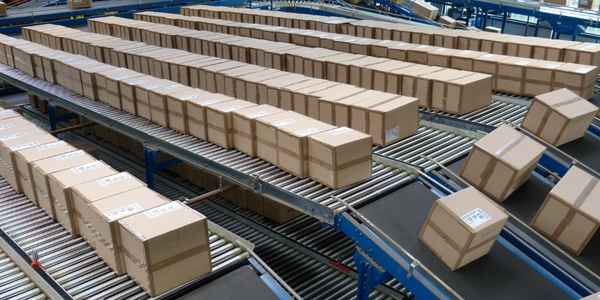Fog Computing

Fog computing refers to a decentralized computing structure, where resources, including the data and applications, get placed in logical locations between the data source and the cloud; it also is known by the terms fogging and fog networking. The goal of this is to bring basic analytic services to the network edge, improving performance by positioning computing resources closer to where they are needed, thereby reducing the distance that data needs to be transported on the network, improving overall network efficiency and performance. Fog Computing can also be deployed for security reasons, as it has the ability to segment bandwidth traffic and introduce additional firewalls to a network for higher security.
- Equipment & Machinery
- Discrete Manufacturing
- Logistics & Warehousing
The edge analytics market is estimated to grow from USD 1.94 billion in 2016 to USD 7.96 billion by 2021, at a Compound Annual Growth Rate (CAGR) of 32.6%.
Source: Markets and Markets
What value do Fog Computing to companies?
By adding the capability to process data closer to where it is created, fog computing seeks to create a network with lower latency, and with fewer data to upload, it increases the efficiency at which it can be processed.
There is also the benefit that data can still be processed with fog computing in a situation of no bandwidth availability. It provides an intermediary between these IoT devices and the cloud computing infrastructure that they connect to, as it is able to analyze and process data closer to where it is coming from, filtering what gets uploaded up to the cloud.
What are the benefits of Fog Computing in real-time applications?
It is broadly used in IoT applications which involves real-time data. It acts as an extended version of cloud computing. It is an intermediate between the cloud and end users (closer to end users). It can be used in both the ways, that can be between machine and machine or between the human to machine.
- Mobile Big Data Analytics
- Water Pressure at Dams
- Smart Utility Service
- Health Data
Network Administrators: Network administrators manage and maintain fog computing infrastructure, ensuring its reliability, security, and performance. They deploy fog nodes, configure network settings, and monitor system health to ensure optimal operation.
Data Scientists: Data scientists leverage fog computing platforms to analyze data at the edge of the network, extract valuable insights, and develop predictive models. By processing data locally, data scientists can reduce latency and improve the accuracy of their analyses.
Edge Computing: Fog computing extends the principles of edge computing by distributing computing resources closer to data sources and endpoints. Edge computing technologies, such as edge servers, gateways, and edge analytics platforms, enable data processing and analytics at the edge of the network.
Networking: Fog computing relies on networking technologies, including wired and wireless networks, to connect fog nodes and devices and facilitate data communication and exchange. Networking technologies, such as Ethernet, Wi-Fi, Bluetooth, and Zigbee, enable seamless connectivity and data transfer between edge devices and fog nodes.
Edge Data Processing: Fog computing platforms process data locally at the edge of the network, allowing for real-time analysis and decision-making without the need to transmit data to centralized cloud servers. This reduces latency and bandwidth usage, making it ideal for applications that require low-latency responses.
Data Aggregation and Fusion: Fog nodes aggregate and fuse data from multiple sources, including sensors, devices, and IoT endpoints, to generate actionable insights and intelligence. By combining data from various sources, fog computing enables more comprehensive analysis and decision-making.
What are the major challenges in Fog Computing?
Security challenges are predominant in fog computing.
Fog computing considers the architecture of SOA. The network layer is established between the service layer and the application layer. Hence, Fog computing is designed ahead of traditional networking components, which are highly vulnerable security attacks.
Case Studies.

-smart-headlight.png)






